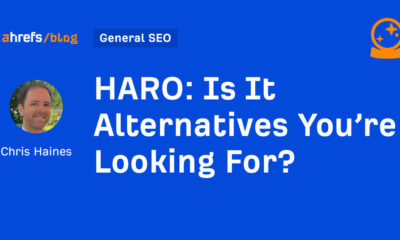MARKETING
10 Advanced Tips for Crafting Engaging Social Content Strategies

In 2023, there are a total of 4.89 billion social media users worldwide. One of the many reasons you should build your brand’s presence on social media is to capture a slice of this pie.
So, if you’re a marketer wanting to crush it online — this is your time to take action. The social presence of billions of users shows great potential to connect, engage, and build lasting relationships with your target audience.
The real power lies not just in being active on social media networks but in planning social media goals in advance and crafting engaging social media content strategies that make a meaningful impact.
And creating one isn’t as easy as it sounds. It requires a thoughtful approach that goes beyond the basics.
To help you accomplish your social media goals, we’ll cover ten advanced tips that you can use to craft an engaging social media content strategy.
1. Conduct A/B Testing
A/B testing allows you to optimize your social media marketing strategy based on insights and social media metrics.
Experiment with different content formats, headlines, captions, and visuals to see which format performs better.
You can also try different content styles and focus on visual content, which is 40x more likely to be shared on social media.
Example: Test two different headlines for a product announcement social post and use the one that users engaged with and shared more. You’ll need to track social metrics like reactions, shares, and new followers during your test.
2. Personalize your content
Before creating a social media marketing plan or content calendar, segment your audience based on demographics, behaviors, and interests.
Craft tailored messages for each segment and find social media content ideas for that target audience.
And to encourage them to engage with you, publish funny content. 80% of marketers say that funny content is the most effective form of social media posts.
Example: Tap into Instagram retargeting ads to promote personalized product recommendations to customers based on their past purchase history.
3. Embrace User-Generated Content (UGC)
User-generated content is a powerful way to build trust, gather a sense of community, and increase engagement rates.
Encourage users to share their experiences and stories about your brand.
Plan a posting schedule using social media tools, highlight, and feature UGC in your content, and give credit to the creators to showcase the authenticity.
Then, create a dedicated UGC marketing campaign.
Example: Invite customers to share photos of themselves using your product with a branded hashtag. Comment on and share these photos on your company’s social media (with permission, of course), thanking the participants for joining in on the fun.
4. Incorporate influencer collaboration
Partner with influencers in your industry who have high engagement rates. 67% of marketers agree they prefer working with micro-influencers with 10k-100k followers or subscribers.
Collaborating with influencers allows you to tap into their social networks and leverage their credibility to boost engagement.
Use social media management tools to co-create content, host giveaways, or collaborate on campaigns aligning with your brand and the influencers’ style to extend your reach and gain engagement.
If your target audience is Gen Z, you can prefer Instagram Reels for influencer marketing.
For context, look at the stats below:
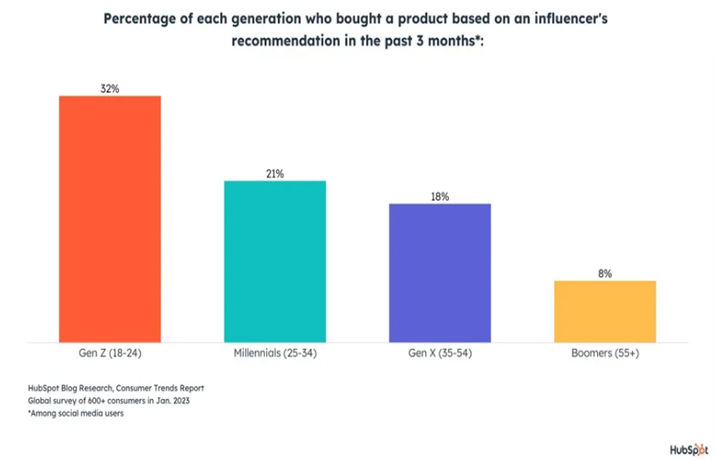
Example: Partner with a fitness influencer to promote your health supplements through workout videos.
5. Use interactive elements
To accomplish your social media marketing goals, you can engage people to interact with your brand via polls, quizzes, and surveys. Encourage them to participate and share the results.
Incorporating interactive elements into your social media marketing strategy will spark active participation between your social media team and audience, making them more likely to engage and share opinions.
Example: Host a poll on X (formerly Twitter) to let your audience choose the next product feature you’ll develop or the types of content they’d like to see.
6. Leverage user reviews and testimonials
Showcase user reviews and testimonials as part of your content strategy. Highlight positive feedback and make improvements by taking accountability for negative feedback.
Incorporate these testimonials into your social media strategies to create dedicated reviews or testimonial videos. Sharing this social proof helps build trust and credibility with your audience.
Example: Feature video social proof of a satisfied customer explaining how your software improved their business.
7. Create long-form content
While social media platforms are mostly known for short-form content, they’re switching gears to focus on long-form content.
It’s great, especially if your business receives great engagement on X (formerly Twitter).
“Long-form posts on the microblogging platform are now at 3 billion views per day and rising.”, said Elon Musk, the owner of X.
“This is roughly on par with all newspaper articles views on Earth,” he continued.
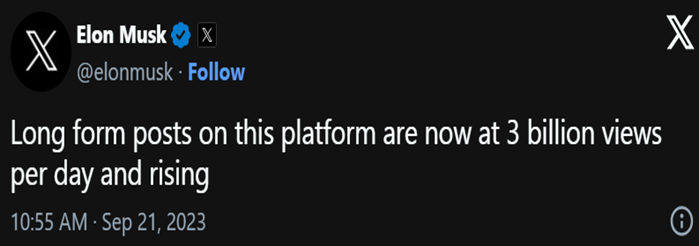
Educational content and case studies tend to work great on LinkedIn. Additionally, blog posts can also help you establish your brand as an authority in your industry.
Publishing compelling content is a great way to increase engagement and shares. You can also repurpose educational content on multiple sites and tailor it to each platform for the best results.
Example: Publish content about challenges and opportunities your company faced and how it helped you increase return on investment.
8. Collaborate with other brands
Collaborate with complementary brands or businesses for promotional content.
As part of your digital marketing strategy, come up with mutually beneficial collaboration ideas that can help you both increase reach and tap into ideal customers.
Joint campaigns, cross-promotions, or co-sponsored events are great ways to use the power of collaboration.
Example: Team up with a travel agency to promote your hotel and their vacation packages through a joint social media campaign.
9. Emphasize customer service
Social channels aren’t just a source for publishing content but also for providing excellent customer service.
Marketers these days actively invest in building social media communities to better connect and interact with potential customers.
Respond promptly to inquiries, comments, and feedback from your audience. Show them you genuinely care about them by addressing their concerns and providing helpful solutions.
This level of engagement can build customer loyalty and community building.
Example: Respond to customers’ support requests on social accounts and resolve their issues within a few hours.
10. Monitor trends and stay updated
Stay updated with social media trends, algorithm changes, and content formats. Track performances, content audits, and social media KPIs.
Experiment with new features or types of content introduced by social media channels.
Plan your social media content calendar based on engagement metrics. Keep an eye on what your competitors are doing and identify strategies that work well in your industry.
Out of all content types, short-form videos are taking the spotlight. Research states that 64% of shoppers ended up making a purchase after seeing branded video content on social platforms.
Example: If video content is becoming popular on social platforms, create your social media content strategy around it.
You might also consider incorporating data storytelling into your strategy. Why? More brands are moving towards storytelling in their social media posts.
This helps reach larger audiences and accomplish business goals. If you haven’t thought about it, give it a thought. The early bird catches the worm.
Final Words
And there you have it — ten advanced tips to level up your social media marketing strategy.
Test the waters with new features on social channels and plan your content marketing strategy accordingly.
With consistency and some creativity, you can increase your brand awareness and establish a strong foothold in the vast sea of social media.
Are you ready to boost your social media presence and accomplish all your business goals? Here’s to your success!
MARKETING
Quiet Quitting vs. Setting Healthy Boundaries: Where’s The Line?

MARKETING
Microsoft unveils a new small language model

Phi-3-Mini is the first in a family of small language models Microsoft plans to release over the coming weeks. Phi-3-Small and Phi-3-Medium are in the works. In contrast to large language models like OpenAI’s ChatGPT and Google’s Gemini, small language models are trained on much smaller datasets and are said to be much more affordable for users.
We are excited to introduce Phi-3, a family of open AI models developed by Microsoft. Phi-3 models are the most capable and cost-effective small language models (SLMs) available, outperforming models of the same size and next size up across a variety of language, reasoning, coding and math benchmarks.
What are they for? For one thing, the reduced size of this language model may make it suitable to run locally, for example as an app on a smartphone. Something the size of ChatGPT lives in the cloud and requires an internet connection for access.
While ChatGPT is said to have over a trillion parameters, Phi-3-Mini has only 3.8 billion. Sanjeev Bora, who works with genAI in the healthcare space, writes: “The number of parameters in a model usually dictates its size and complexity. Larger models with more parameters are generally more capable but come at the cost of increased computational requirements. The choice of size often depends on the specific problem being addressed.”
Phi-3-Mini was trained on a relatively small dataset of 3.3 trillion tokens — instances of human language expressed numerically. But that’s still a lot of tokens.
Why we care. While it is generally reported, and confirmed by Microsoft, that these SLMs will be much more affordable than the big LLMs, it’s hard to find exact details on the pricing. Nevertheless, taking the promise at face-value, one can imagine a democratization of genAI, making it available to very small businesses and sole proprietors.
We need to see what these models can do in practice, but it’s plausible that use cases like writing a marketing newsletter, coming up with email subject lines or drafting social media posts just don’t require the gigantic power of a LLM.
Dig deeper: How a non-profit farmers market is leveraging AI
MARKETING
Navigating the Video Marketing Maze: Short-Form vs. Long-Form
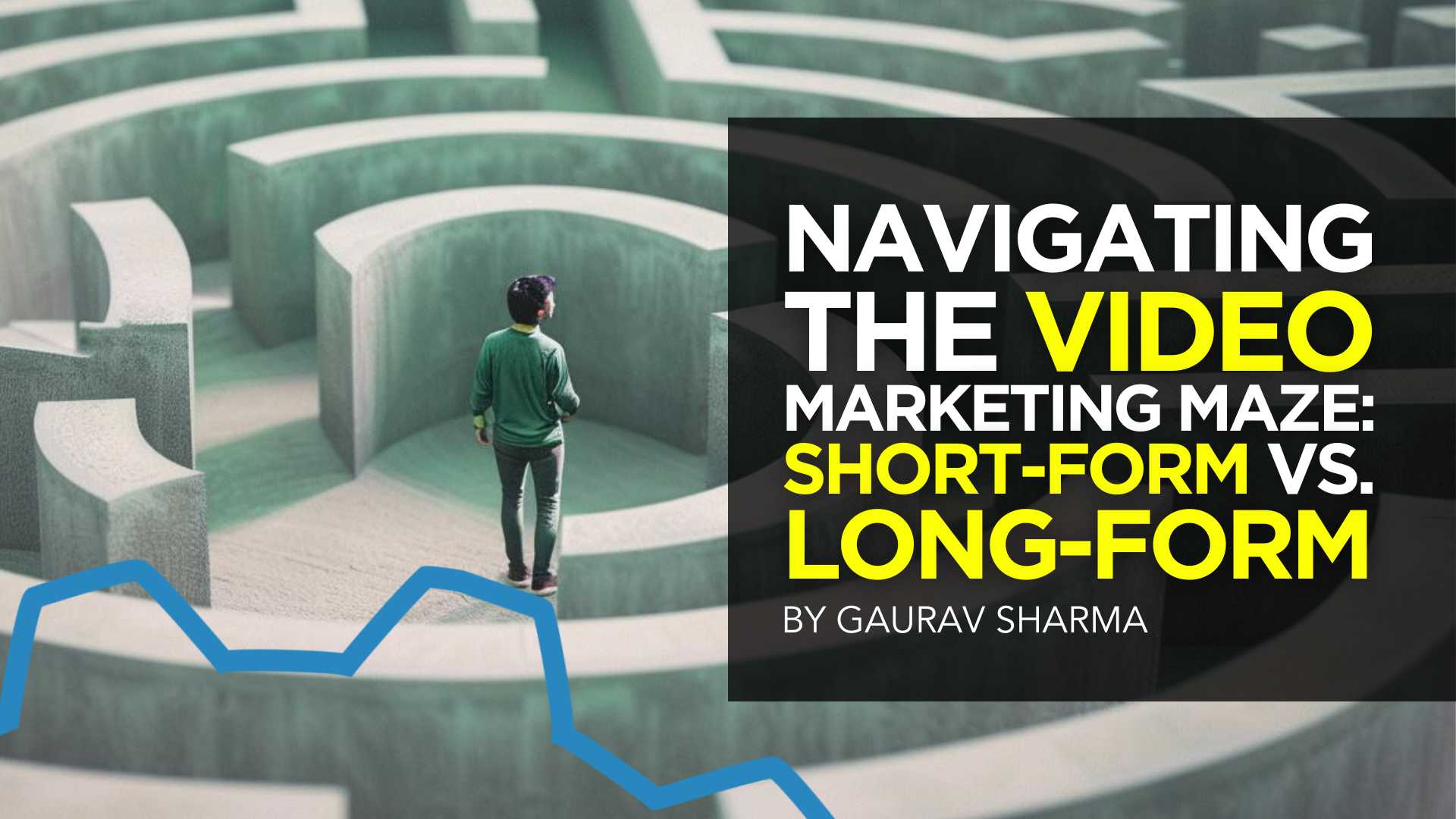

Are you torn between using long-form or short-form videos for your small business marketing campaign? Well, you are not alone. Despite 89% of consumers wanting to see more brand videos, there is no one-size-fits-all answer about the ideal video length.
However, this should not deter you from creating an effective video strategy. In 2023, people watched an average of 17 videos per day, highlighting the influence of video content in today’s digital landscape.
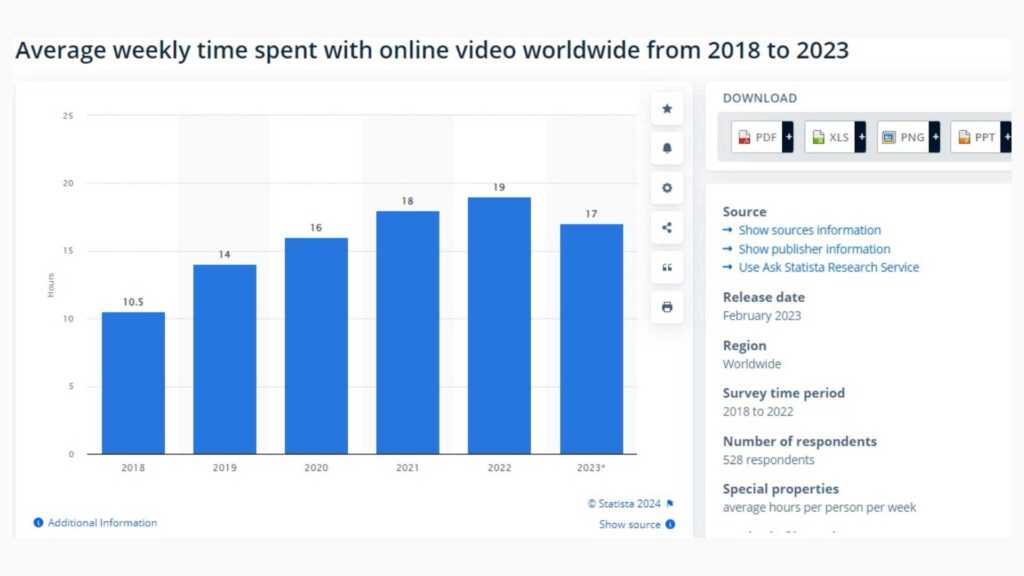

Both short-form and long-form videos offer unique advantages and come with their set of challenges. Join me as I uncover the benefits and limitations of each video format to help you make informed marketing decisions.
What are Short-Form Videos?
Short videos typically range from 30 seconds to less than 10 minutes long. They are popular on social media platforms like TikTok, Instagram, Snapchat, and YouTube.
Short-form videos deliver brief yet engaging messages that quickly capture the viewer’s attention. Here are some popular types of short-form video content.
- TikTok Challenges
- Instagram Reels
- Snapchat Stories
- YouTube Shorts
- Twitter Video Ads
Benefits of Short-Form Videos
A previously cited report shows that 39% of marketers find short-form videos, ranging from 30-60 seconds long, more successful. The same study reports that 44% of customers prefer watching a short video to learn about a brand’s offerings.
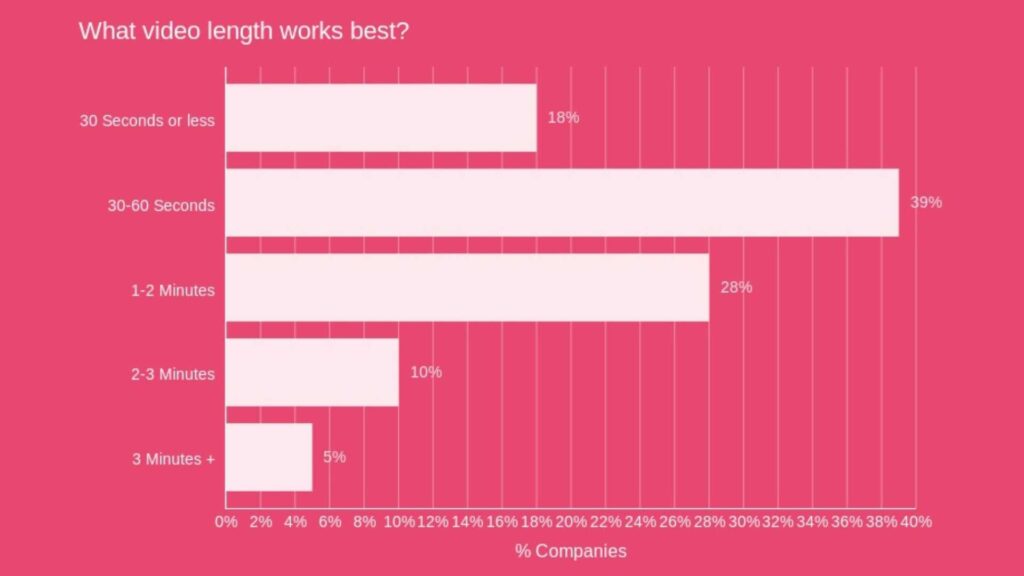

So, it is evident that short-form videos have their benefits. Let’s take a closer look at some of them.
Attention-Grabbing
Short-form videos capture attention quickly, making them ideal for the fast-scrolling nature of social media platforms. Your audience is more likely to watch them in their entirety compared to longer content.
Cost-Effective Production
Creating short-form videos requires less time and resources compared to longer videos. As a small business owner with a limited budget, using short-form videos can be cost-effective.
Increased Engagement
Short-form videos engage viewers due to their crisp and concise nature. This results in more likes, comments, and shares that boost your content’s visibility and increase brand awareness.
Integrating short-form videos into your influencer marketing campaigns can further amplify your reach to new and diverse audiences.
Highly Shareable
Short videos are highly shareable. This makes it more likely for your viewers to share them, increasing their virality.
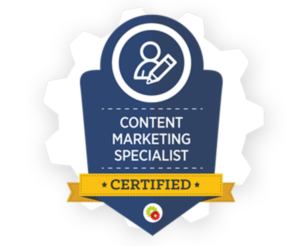

Want to get certified in Content Marketing?
Leverage the tools and channels to predictably and profitably drive awareness, leads, sales, and referrals—EVERYTHING you need to know to become a true master of digital marketing. Click Here
There are multiple benefits of adding video to your website including increased engagement, improved SEO, and enhanced user experience.
Limitations of Short-Form Videos
While short-form videos offer many advantages in content marketing, they also present some challenges.
Limited Message Depth
Due to their brief duration, short-form videos may struggle to convey complex or detailed messages. Longer videos might be more suitable if you need to communicate intricate information.
Competition for Attention
Standing out on platforms flooded with short-form video content can be challenging. You must create content that stands out to avoid becoming lost in the sea of other videos.
Shorter Lifespan
Short videos may lose their relevance with time. They can quickly get buried in users’ feeds, leading to a shorter visibility and engagement period than longer, evergreen content.
This means you must consistently create short-form videos to maintain audience interest over time.
Limited SEO Impact
Short-form videos may be more challenging to optimize for search engines than longer, more keyword-rich content. This can affect the discoverability of your content outside the social media scene.
What are Long-Form Videos?
Long-form videos are typically longer, ranging from a few minutes to several hours. They extend beyond a few minutes to several hours, providing ample time for in-depth topic exploration and detailed content.
These videos are particularly suitable for educational content, product demonstrations, and narrative-driven storytelling. Long-form videos are common on platforms like YouTube and Vimeo. Common types of long-form video content include:
- YouTube Series
- Webinars
- Educational Tutorials and Courses:
- Behind-the-Scenes Content
- Interviews and Conversations
Advantages of Long-Form Videos
Long-form video content is the fastest-growing segment, with videos above 30 minutes experiencing tremendous growth over the years. Let’s explore some of the benefits behind this growth.
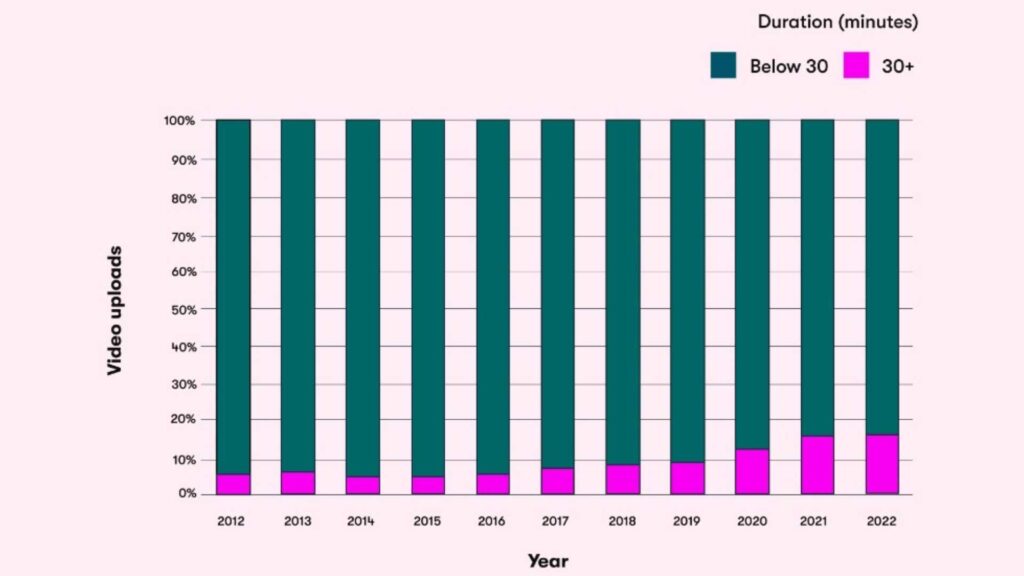

Establishes Expertise and Credibility
Long-form videos allow you to provide in-depth information about various subjects, establishing your brand as an authority. Potential customers will likely trust and rely on your insights when you consistently deliver valuable content.
Builds Strong Audience Connections
The more your audience watches your videos, the more they become familiar with your content and brand. This consistent engagement promotes trust and loyalty, helping you create deeper connections with your audience.
Provide SEO Optimization Opportunities
Long-form videos keep your audience engaged for a longer duration than short ones. This signals search engines that your content provides value, resulting in higher rankings and increased visibility.
Besides, these videos provide opportunities to optimize for relevant keywords. This Attrock guide offers more insights into the value of SEO for your small business.
They Are Sustainable
Unlike short videos, well-produced and valuable long-form videos have an extended shelf life. They can continue to attract views and engagement over an extended period, contributing to a sustainable content strategy.
Instagram reels are also a part of short videos and you can get benefits from this platform by integrating it with your website. You can learn how to embed Instagram Reels on websites and get extra benefits from your Reels.
Drawbacks of Long-Form Videos
Despite their benefits, long-form videos also have certain limitations, including:
Attention Span Challenges
Between distractions, juggling tasks, and information overload, user attention span quickly diminishes. Viewers may lose interest and disengage from your long video before its conclusion.
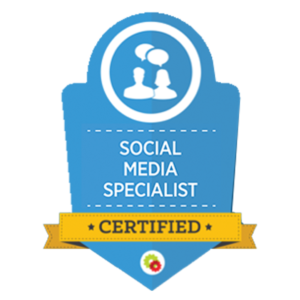

Are You Ready to Master Social Media?
Become a Certified Social Media Specialist and learn the newest strategies (by social platform) to draw organic traffic to your social media sites.
Complex Production Process
Creating high-quality long-form videos requires more resources, including time, equipment, and skilled personnel. This can be disadvantageous, especially for small businesses with limited budgets.
Platform Limitations
Some social media platforms and video hosting sites may limit video length, making it challenging to distribute long-form video content. You may then be forced to repurpose your content to suit various platforms.
Short-Form or Long-Form Videos: Which Are Better?
Now that you know the benefits and limitations of each format, which one should you choose? Short-form or long-form videos?
Well, it all boils down to considering several factors, such as:
Content Objectives
What do you want to achieve from your video marketing campaign? Short-form videos are highly effective for quick brand exposure and generating buzz. Long-form videos, on the other hand, contribute to a more in-depth understanding of the brand.
Target Audience Preferences
Audiences with short attention spans likely prefer short-form videos, while long-form videos appeal to those seeking a more immersive experience.
Similarly, short-form videos may appeal more to younger audiences, while older demographics may prefer the depth of long-form content.
Platform Dynamics
Various platforms support different content formats. Short-form videos are well-suited for platforms like TikTok, Instagram, and Snapchat. On the other hand, platforms like YouTube and Vimeo are better for hosting longer videos.
Industry Type
Short-form videos would be ideal if your industry thrives on trends, entertainment, and quick messages. However, long-form videos are effective for industries requiring in-depth explanations or educational content.
Bottom Line
Ultimately, choosing short-form or long-form videos depends on your business’s specific needs and goals. Since both formats have advantages and limitations, making a choice may prove difficult.
However, it doesn’t have to be an uphill task. The key lies in recognizing when to incorporate each video format into your marketing strategy. Understanding your audience and its needs allows you to combine both formats strategically, maximizing the benefits of each.
Continuously analyze performance metrics and adapt your video marketing strategy accordingly to ensure optimal engagement and conversion rates.
-

 MARKETING6 days ago
MARKETING6 days agoEffective Communication in Business as a Crisis Management Strategy
-

 SEARCHENGINES7 days ago
SEARCHENGINES7 days agoGoogle Won’t Change The 301 Signals For Ranking & SEO
-

 SEO6 days ago
SEO6 days agobrightonSEO Live Blog
-

 PPC7 days ago
PPC7 days ago9 Ecommerce Trends to Boost Your Business in 2024
-
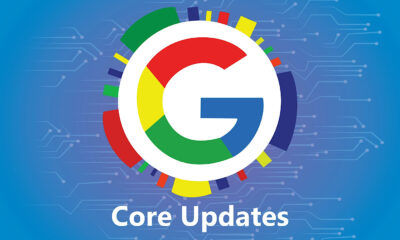
 SEO4 days ago
SEO4 days agoGoogle March 2024 Core Update Officially Completed A Week Ago
-

 SEO7 days ago
SEO7 days agoHow To Write ChatGPT Prompts To Get The Best Results
-
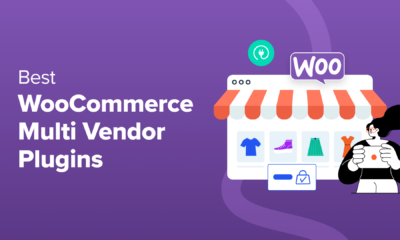
 WORDPRESS5 days ago
WORDPRESS5 days ago9 Best WooCommerce Multi Vendor Plugins (Compared)
-
SEARCHENGINES6 days ago
Daily Search Forum Recap: April 25, 2024


